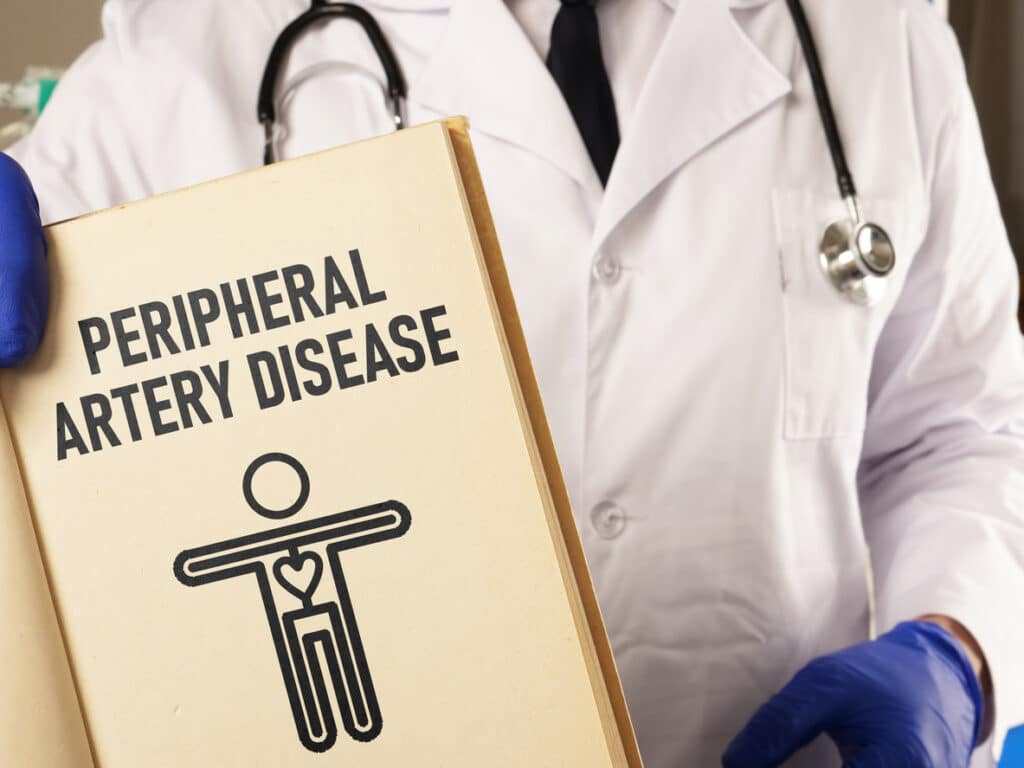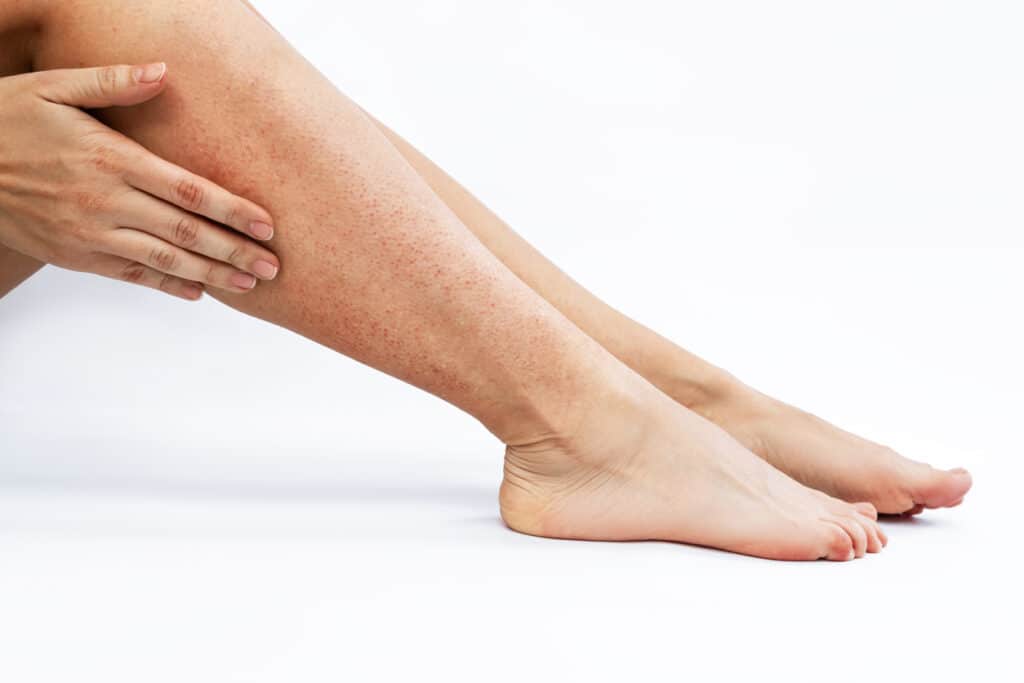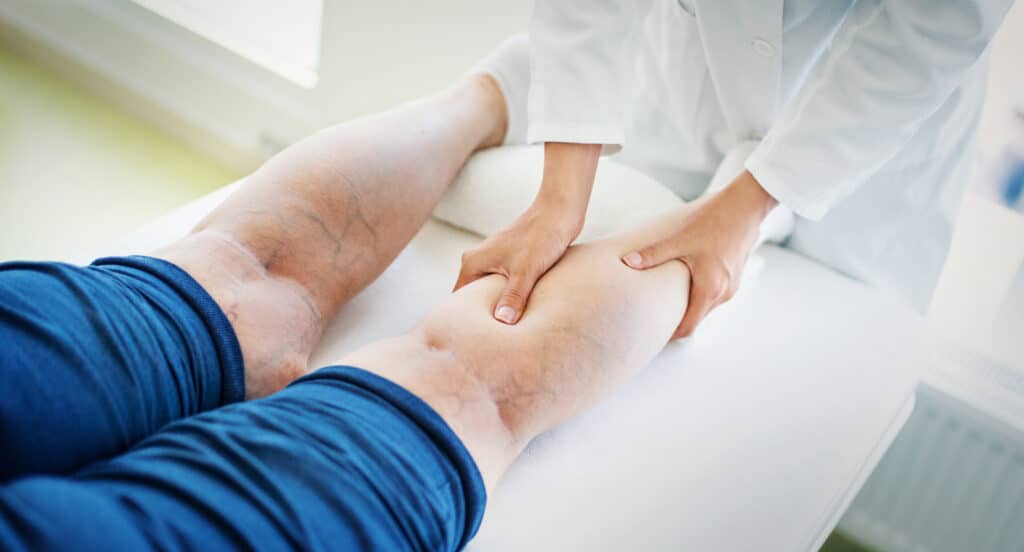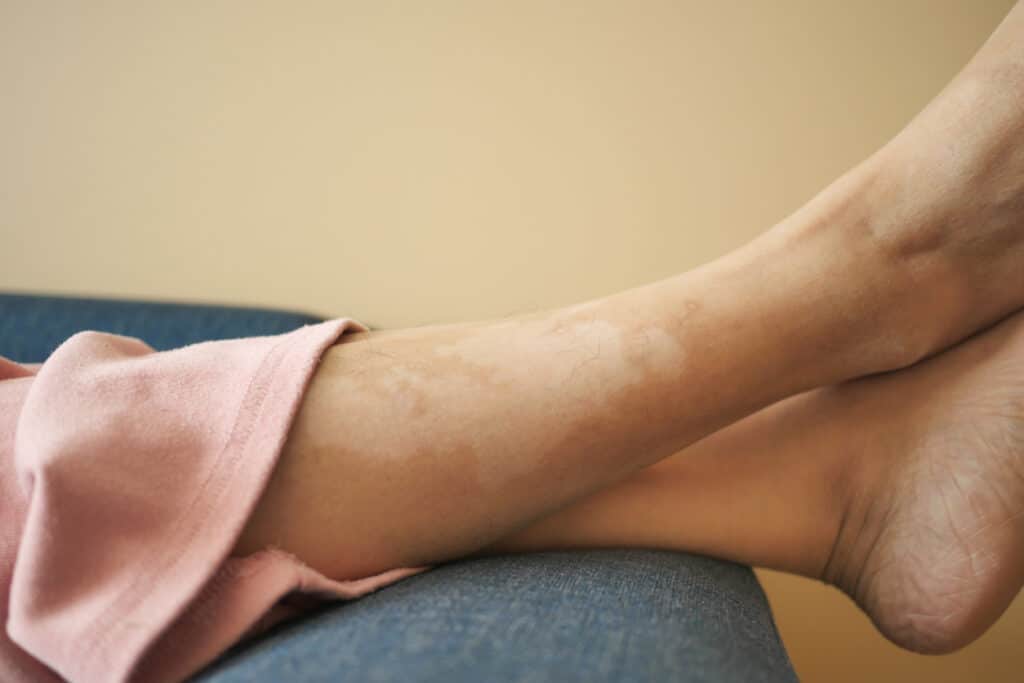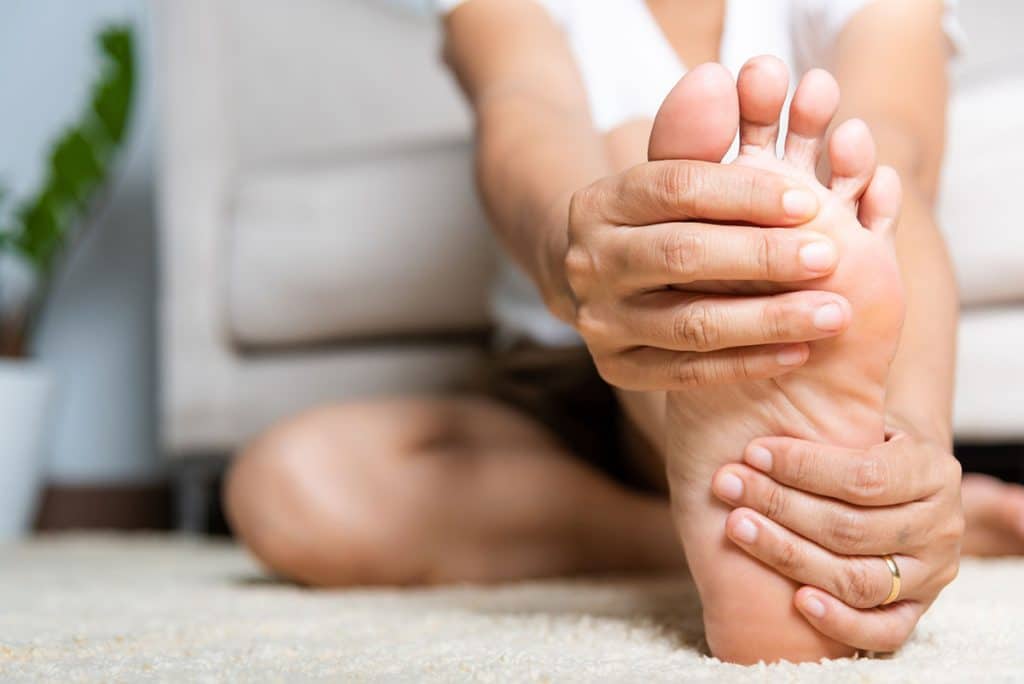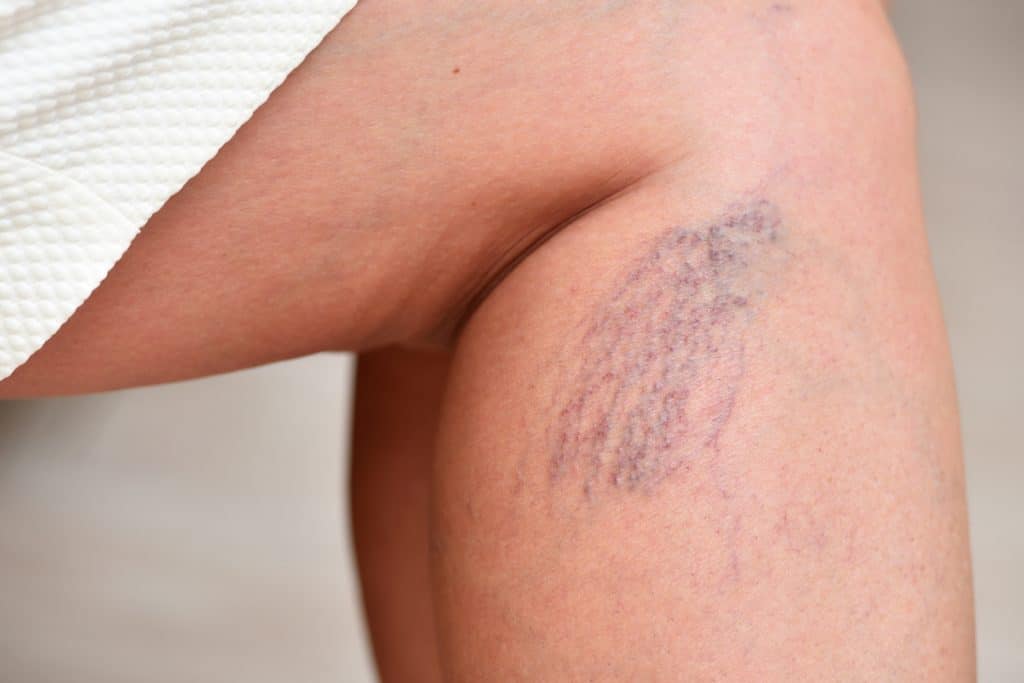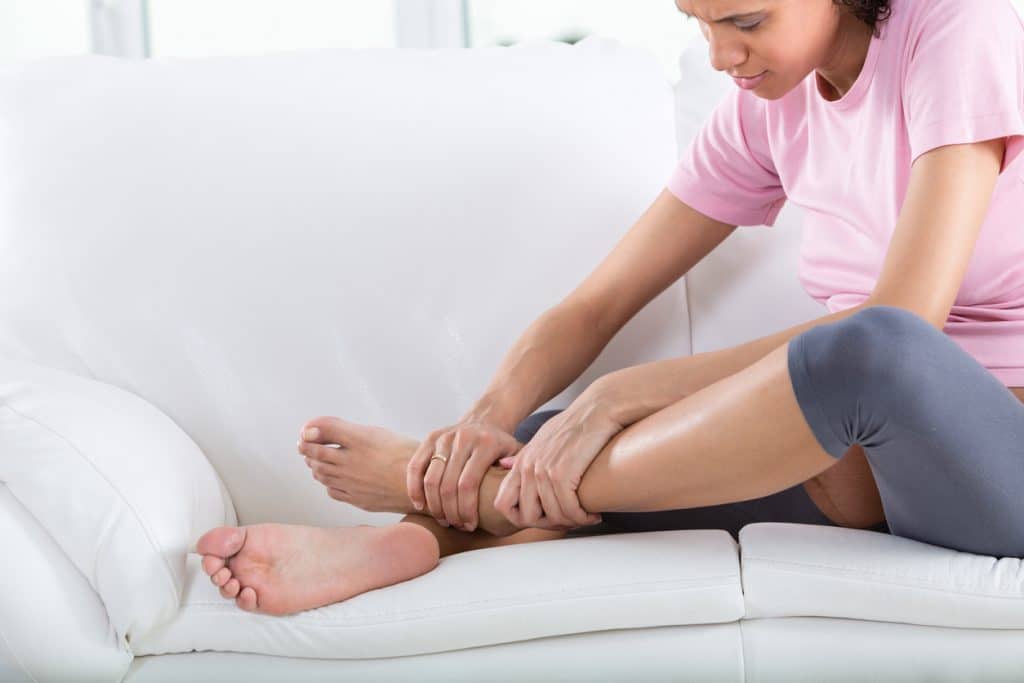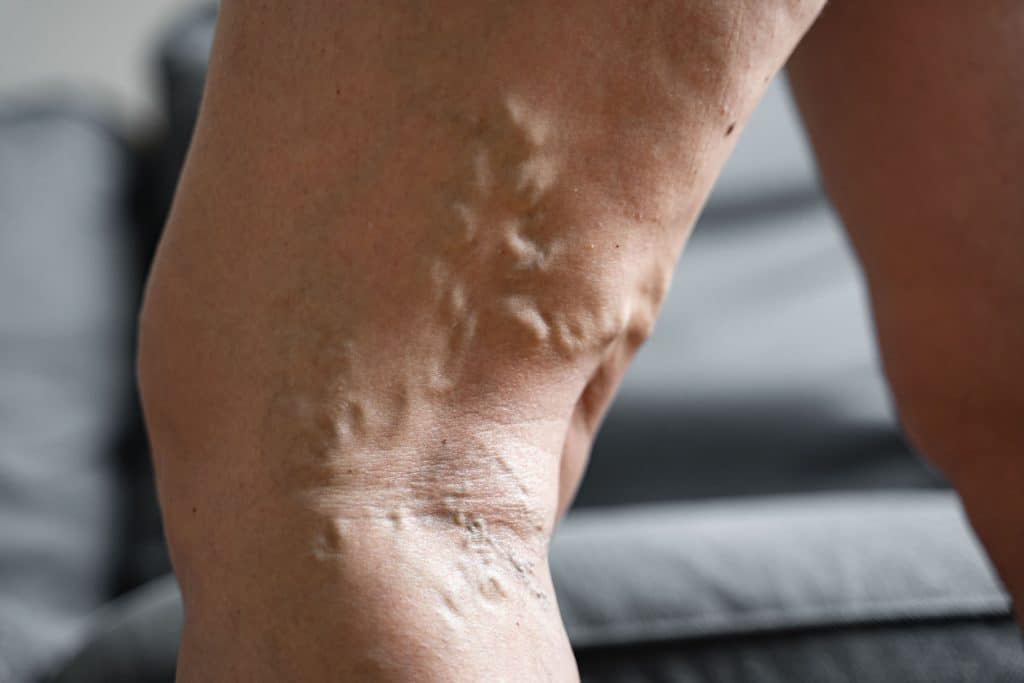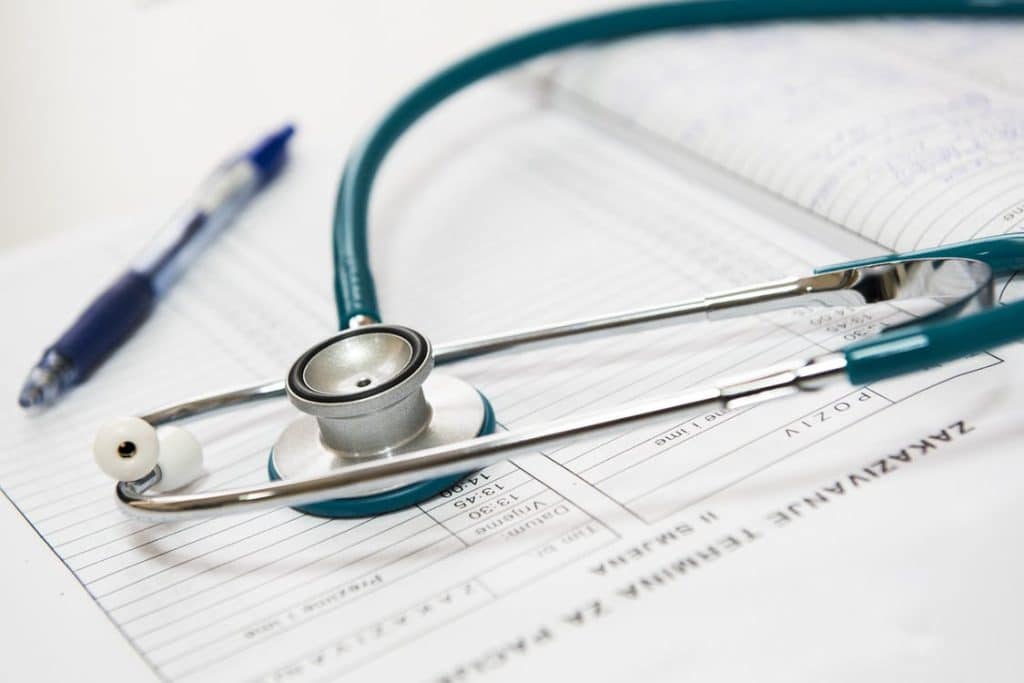What are varicose veins?
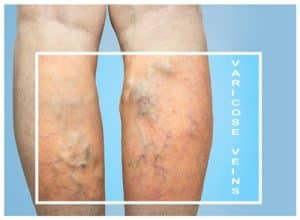 Varicose veins are dark blue or purple bulging veins that can be seen through the skin. They are caused by the veins’ inability to properly return blood to the heart. Blood pools in the veins, causing them to become swollen and discolored. Venous reflux disease is often the cause of varicose veins.
Varicose veins are dark blue or purple bulging veins that can be seen through the skin. They are caused by the veins’ inability to properly return blood to the heart. Blood pools in the veins, causing them to become swollen and discolored. Venous reflux disease is often the cause of varicose veins.
Identifying Symptoms
You usually know that you have varicose veins by looking at them. These veins protrude above the skin’s surface (though they are still covered by skin). They are dark in color and look like a tangled of rope. The area around the veins might also be swollen, or the veins may appear raised on their own.
Most often, these veins appear on the legs. However, they can appear as low as the ankles and as high as the groin. They are usually found on the back of the calf or knee. They are next found most often on the inside of the thigh.
Blood clots, skin ulcers, and other issues in parts of the body can occur due to vein reflux. Varicose veins can be a sign of a serious circulatory problem. This is why seeing a vascular specialist is important. Coastal Vascular Center operates in the Houston Area. We can examine and provide treatment options.
What causes varicose veins?
Houston Treatment Options
Fortunately, there are many options for treating varicose veins.
You may try home treatment options. These may be all you need to ease your symptoms and keep the varicose veins from getting worse. You can:
-
- Wear compression stockings
- Prop up (elevate) your legs
- Avoid long periods of sitting or standing
- Get plenty of exercises
Sclerotherapy
Milder cases can be treated non-surgically. Sclerotherapy treatment can seal the veins with a chemical solution. This is a treatment that has been proven safe and gives excellent results.
If you have sclerotherapy, this is what happens during treatment:
- Your doctor injects a chemical into the spider or varicose vein, which irritates the vein’s wall. Different areas of the vein receive the injection.
- A compression stocking is then placed on each leg.
- We will observe you for some time, and then you can go home.
- To help prevent possible side effects, you must take daily walks. Also, wear compression stockings. Most patients wear compression stockings for 2 to 3 weeks.
- You can return to work and most activities the next day.
Laser Therapy
Lasers can treat spider veins and small varicose veins. The purpose here is to fade the coloration. During laser treatment, laser light is directed to the vein.
Small spider veins may disappear immediately after treatment. Larger spider veins and varicose veins will darken. You will likely see them for 1 to 3 months before they disappear. To get complete clearing, you may need 3 or more treatments.
Most patients can return to work and do many of their normal activities the next day.
Surgical Options
Surgical options are available for more serious cases. Cases of bulging veins and those that cause severe pain and swelling. Radiofrequency Ablation is a treatment option used by Coastal Vascular Center. You receive local anesthesia, which numbs the treatment area in this treatment. A small incision and a catheter are placed into the vein. The doctor activates a radiofrequency device, which heats the vein. This causes it to collapse and seal shut. The heat does not harm the surrounding area.
To help prevent possible side effects, you will need to take daily walks and wear compression stockings. Most patients wear compression stockings for 1 to 2 weeks. The next day, you can return to work and most activities.
Coastal Vascular Center
Coastal Vascular Center is a facility in the Houston area dedicated to solving vascular problems. We are experienced in treating vein reflux and varicose veins. Book an appointment with us today to learn how we can help you.

